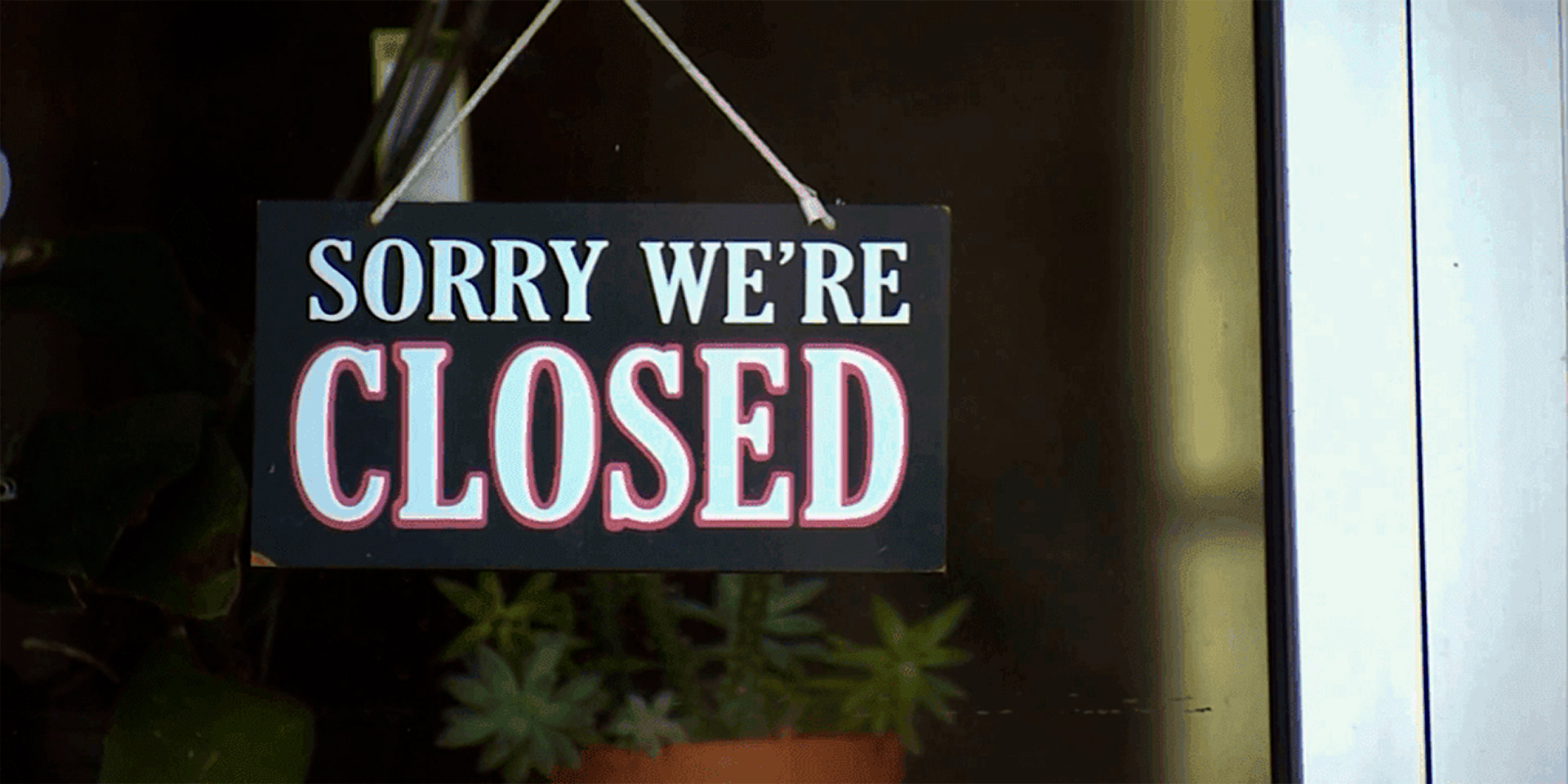Shaping the Future of Work: The Labor Market Under Monopolies
Monopolies, characterized by dominant control over a market or industry, have far-reaching implications beyond pricing and consumer choice. They also significantly impact labor markets and wages. When one or a few firms control the majority of an industry, they can dictate employment terms, suppress wages, and stifle labor market competition. This article explores the labor…




